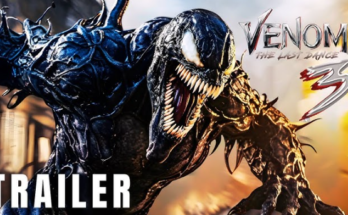The opening scene of *Baby Driver* (2017), directed by Edgar Wright, is a masterclass in blending dynamic action with rhythmic precision. This exhilarating sequence not only sets the tone for the film but also establishes its unique style and flair.
The scene begins with a high-octane bank robbery, immediately plunging the audience into a world of adrenaline-fueled action. We see Baby, played by Ansel Elgort, sitting in a red Subaru WRX, his headphones on, and his face a picture of calm amidst the chaos. The camera captures the bustling cityscape of Atlanta as the heist unfolds. The tension is palpable, and the stakes are high, setting up the film’s central narrative.
What makes this opening scene particularly memorable is its seamless integration with the soundtrack. The film’s score, composed by Steven Price, features the song “Bellbottoms” by Jon Spencer Blues Explosion. The choice of music is more than just background noise; it becomes an integral part of the action. Wright’s direction is meticulous, aligning the choreography of the heist with the beats and tempo of the song. Each action sequence, from the screeching tires to the precise gunfire, synchronizes perfectly with the rhythm, creating a visually and audibly captivating experience.
As the robbers—led by the charismatic Doc, portrayed by Kevin Spacey—execute their plan, Baby remains the calm and collected getaway driver. His expertise is evident as he navigates the streets with a combination of skill and style. The driving sequences are exhilarating, with sharp turns, high-speed chases, and near collisions, all expertly captured by Wright’s dynamic camera work. The choreography of Baby’s driving, combined with the precise editing, amplifies the thrill of the chase, making it a standout moment in the film.
Throughout the scene, Baby’s reliance on his music is a crucial narrative element. The headphones not only provide him with a personal soundtrack but also serve as a means to drown out the world’s chaos, allowing him to focus on his driving. This aspect of his character is emphasized through close-up shots of his beat-tapping fingers and rhythmic head nods, underscoring his connection to the music and its impact on his actions.
The scene is punctuated by sharp cuts and transitions that mirror the beat of the music, creating a rhythmic flow that is both visually and audibly engaging. The use of slow-motion at key moments adds a dramatic flair, allowing the audience to fully appreciate the choreography and precision of Baby’s driving skills. The opening scene concludes with a daring escape and a flawless getaway, leaving viewers with a sense of exhilaration and anticipation for what’s to come.
In summary, the opening scene of *Baby Driver* is a thrilling and innovative sequence that perfectly encapsulates the film’s distinctive style. Edgar Wright’s direction, combined with Ansel Elgort’s charismatic performance and a carefully curated soundtrack, creates a captivating and memorable introduction. The seamless integration of music and action not only establishes the film’s unique tone but also sets the stage for a high-energy ride through Baby’s world of crime and rhythm.



